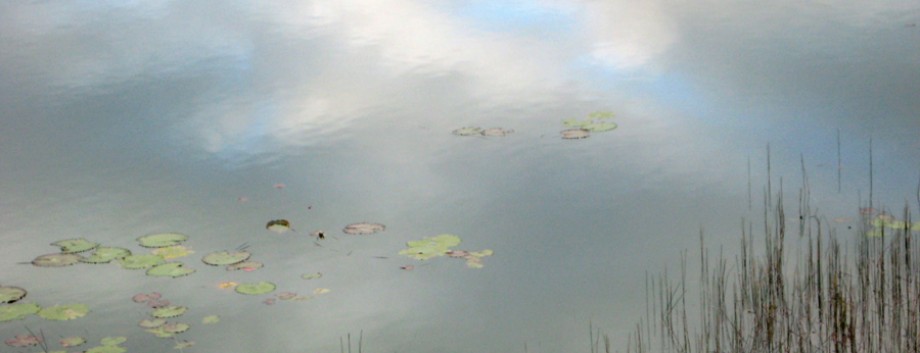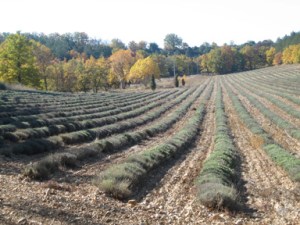In The Energy That Finds Its Source, I shared how I stumbled upon a strategy through meditation that greatly affected my artwork in a positive way. I want to build on that by discussing something a number of us do unconsciously—but brought to consciousness can generalize to different contexts of your life. It increases clarity and mental/emotional flexibility, in addition to creativity. I’ll use writing as a springboard for an example here.
One of the biggest challenges fiction writers have is to breathe life into the characters of their stories, to make them believable. This is particularly true if your book is character-driven. You want readers to connect with the story and those in it: to love or hate them. A reader of my latest book Portals to the Vision Serpent wrote to say how she couldn’t stand Sybilla, who features prominently in the novel—until she really understood her. Then she had great empathy. Even if the book is plot-driven, you want the characters’ actions to make some level of sense from their eyes.
We all have a specialized, individual template we live by. Here’s a quick review on how that happens. Your brain codes experiences you have. The original coding usually takes place early in life. The coding becomes your perceptions…translating to the beliefs you have about yourself, others, the world in general, even what’s possible. This template also becomes the filter through which you experience your life. You develop strategies for thinking and living that further reinforce the original beliefs—those that support and those that get in your way. When something significant happens to disrupt the old beliefs, things can shift dramatically.
Characters in a novel are no different. Here’s a way to uncover their templates by “stepping into” different perspectives.
- From your “self” position as the writer, note how you experience different characters: the nonverbal signals, the way they speak, your own response to them.
- Now taking each character at a time, imagine you can slide right into their body, look out of their eyes, become them—rather than witnessing them—and answer these questions: What is their family of origin like? Based on what they unconsciously ingested then, how do they experience their own identity, who they are? Note the trickle down effect: What beliefs were generated? What about capabilities? Resulting actions? How they experience their environment? This way you can really get inside the hearts and minds of the characters.
- Then step back. By being a detached observer you get additional valuable information. Given what you discovered about your individual characters, now you can really get a bead on important dynamics between the major players and incorporate them into your writing.
By using a method like this, you also invite your reader to tag along through your writing, to undergo the same discovery and identify with different characters. They’re playing out the human condition, no different than the rest of us. We are all who we are based upon where we’ve been. But when something of great enough significance interjects itself, triggering a change in one character…it also affects the others in close proximity. That’s how things get shaken up; the story becomes so much more interesting; the characters can grow in various ways.
I realize in the writing of this piece that, because this strategy is so engrained in me, it’s another way of describing what I wrote about in The Energy That Finds Its Source. I was very much in the “self” when I was meditating. But when I came out of meditation, I became the “observer.” When the artwork communicated with me, I may have been in “other” position…or an unexplainable esoteric element occurred…
Of course, you can use what I’ve written here as a guideline to explore other aspects of your own life, not just your creative outlets. This is a brief primer toward self-discovery and relationship dynamics that I use with clients as a springboard for transformation.
I’ve adapted the content of this post from my mentoring program Navigating Your Lifepath addressing how to live through your deeply held values—and thrive.





 If you can’t wait to have some of your own, you can find magnetic words
If you can’t wait to have some of your own, you can find magnetic words 









